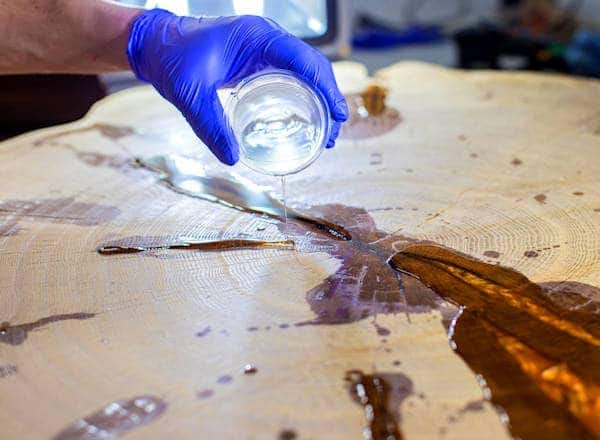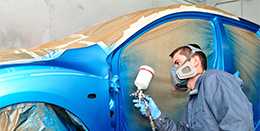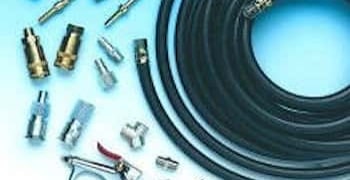 What are the components of polyepoxides ?
What are the components of polyepoxides ?
Let's go deeper into our dossier on the characteristics of epoxy resin by now looking at the composition of an epoxy resin.
This inventory will be an opportunity to understand the role of each component: additives, thinners, plasticizers and solvents.
The composition of an epoxy resin
It contains additives, thinners, plasticizers and solvents. A hardener is often added to allow it to polymerize.
In addition, to obtain different colors in transparency, epoxy resin is often mixed with pearlescent agents, pigments and dyes.
Epoxy resin additives
Additives found in epoxy resin are colorants, stabilizers. If the role of dyes is obvious, the functions of stabilizers is much less so. These functions differ from stabilizer to stabilizer. For example, there are stabilizers to prevent the epoxy resin from yellowing if it is exposed to the outside. For information, like other epoxy resins, the Resoltech WWA epoxy resin that we offer is not designed or intended to resist UV rays, but the clearcoat 4000 resin displays the best possible UV resistance for this family of epoxy resins.
 Thinners
Thinners
Thinners make the epoxy resin more fluid so as to produce a first coat which will adhere more easily to the support. This product significantly lengthens the drying time. You can use isopropyl alcohol for example.
Plasticizers for epoxy resin
The plasticizer is a polyester that will make the epoxy resin more flexible so that it is more malleable and easier to apply.
Epoxy resin solvents
The solvents are there to "wet" and make the epoxy resin liquid, because at its base, the epoxy polymer is a dry powder. They present risks for the mucous membranes, the respiratory tract, the cardiac and nervous systems. Wearing a mask, for example an FFP2, is essential if you are handling an epoxy resin. This accessory is all the more so if the epoxy resin you use contains solvents. For information, the Resoltech WWA epoxy resin that we offer does not create any solvent evaporation during drying.



















































































